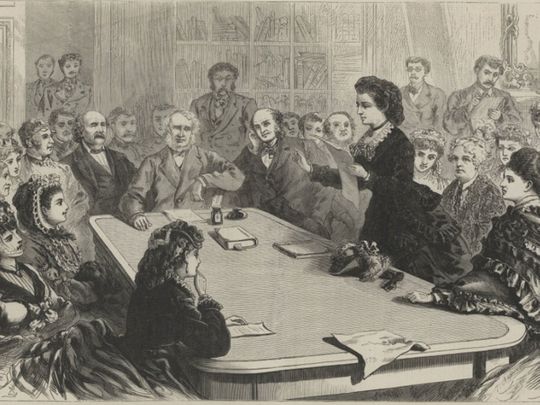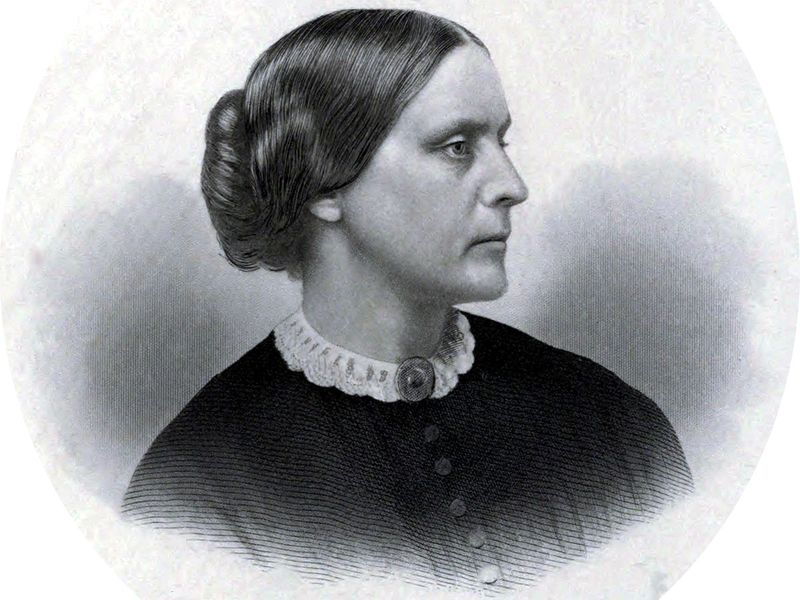
History is dotted with ordinary women doing extraordinary things.
Click start to play today’s Word Search, where you can spot the word “suffrage” – the right to vote in public.
For women in the West, having their voice heard through their votes took enormous effort, and decades of hard work that finally led to change. Here, we share three facts about the women’s suffrage movement:
1. Illegal voting in the US

Just because they weren’t allowed to voted didn’t mean they would stop trying. In 1872, American human rights activist Susan B. Anthony led a group of women to the ballots and demanded the right to vote. All 16 women were arrested but only Anthony was tried for violating the 14th Amendment, which gave “the right to vote… to any of the male inhabitants” of the country who were over 21 years old. The judge directed the jury to give Anthony a guilty verdict and sentenced her to pay a $100 fine (worth Dh2,242 today). Anthony refused to do so and challenged the judge to hold her in custody or send her to jail – she knew this would allow her to appeal her case to the US Supreme Court. The judge declined and her case was closed. But ‘Aunt Susan’ gained respect and acclaim among women all around the country, and inspired many others to come forward and challenge the courts.
2. A woman even ran for political office before she could vote
A woman named Victoria Woodhull gained prominence when she argued for female suffrage in front of the US House Judiciary Committee in early 1871. The next year, the Equal Rights Party nominated her for the presidency of the country. But by the time the elections rolled around, her opponents had rallied and she spent Election Day in jail. She was eventually acquitted of all charges and moved to England where she married well, and spent the rest of her days.
3. Britain’s suffrage movement was more violent
British activists were far more militant than their American counterparts, according to History.com. Thousands of suffragettes marched in the streets, chained themselves to buildings, and heckled politicians. Some were even more incendiary – they broke store windows, planted explosives and participated in other destructive activities to pressure Britain’s Liberal government to vote. More than 1,000 suffragettes were incarcerated between 1908 and 1914. When they tried to engage in hunger strikes, prison officials resorted to force-feeding them. Then, World War I broke out and all the rules went out the window. In 1918, the British government granted suffrage to all women over 30, in recognition of their contribution to the war effort.
Today, women are not just voting but breaking glass ceilings in all fields. What do you think of the American suffragists and the British suffragettes who paved the way for equal rights?
Play today’s Word Search and let us know at games@gulfnews.com.









